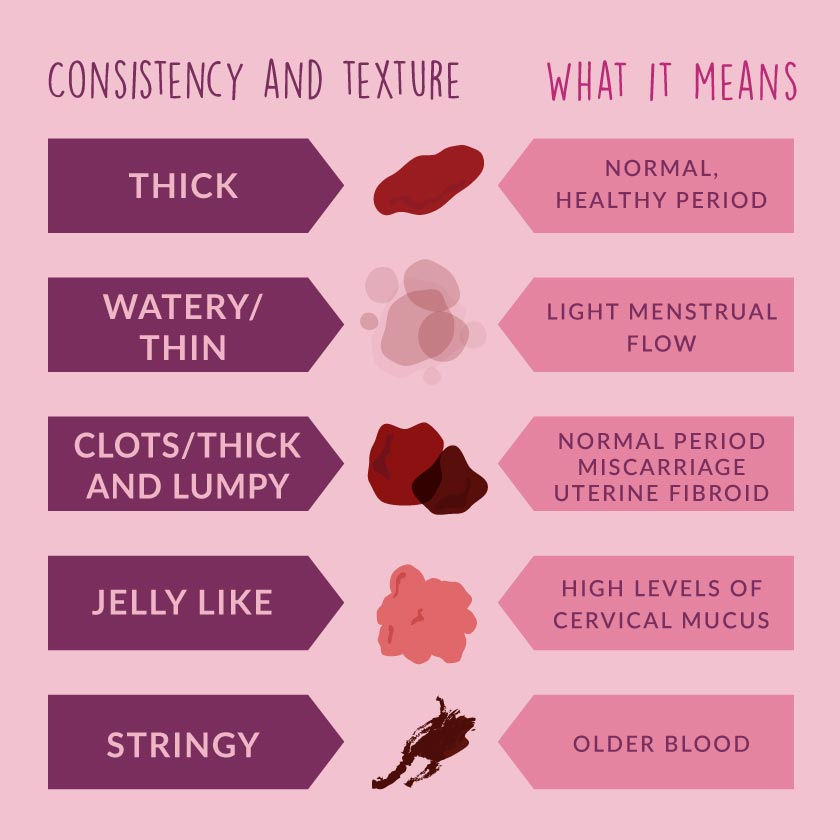How to have better periods
- AOM
- Sep 8, 2022
- 4 min read
Updated: Dec 26, 2023
There is a renaissance happening with female health: It is starting to get the attention it deserves from medical professionals, and we are talking about it more and more. Debilitating pain and a range of symptoms have rendered women disabled from carrying out normal daily activities and diagnosis can be a long and windy process.
Since suffering with hormonal migraine, I have been attempting to better understand and self educate on the painful menses we have to endure on a monthly basis.
Through gaining self literacy in our bodies we can bring to ourselves the knowledge and acceptance we have been trying to seek externally. We can empower ourselves by better understanding what is going on and take action to reduce pain and actively manage it.
I hope to offer some steps that can help start you off on your journey towards better periods from my own reading.
1. Firstly, I invite you to start logging your cycle. When do you start to see breakouts or breasts swelling? Is your cycle less than 21 days or longer than 28? Maybe your period doesn't come at all, its sporadic or you are on contraception. The side effects of contraception I will go into in another post. Shorter periods under 21 days can also be classed as 'irregular' which is something that can be tracked to pin down which phase of the cycle is being affected.
Don't just think about the physical symptoms but also emotional ones. Is there a consistency to your anxiety of feelings of unexplainable sadness? Furthermore, what is your diet like? Is there an excess of sugar, caffeine, have you had blood tests or have any food sensitivities? These can be huge factors that affect how our hormones are regulating - a lot of it also down to our gut which is only just starting to be fully understood as a 'second brain' to our bodies. Having a diary to record this can also show correlations with symptoms and taking steps to manage these times of the month that are the most challenging.
It's worth looking into period apps that can help you track this so you have a better idea of planning and thinking about your cycle.
2. What is your period like?
We should start off by clarifying with a quote from 'Period Repair Manual' that pill bleeds are not periods. They are pharmaceutically induced bleeds and the hormones we take in contraception are not real hormones.
'Having the occasional pill bleed is necessary to prevent breakthrough bleeding' writes Lara Briden.
It is purely there as a regulator but it is not to be taken the same as a period without contraception.
Moving on, what is the colour of the blood? Is it thick or clotted or runny? A 'normal' period should be red to begin with and get lighter as it goes along.
A heavy flow is characterise by dark colour and clots. You might see a correlation that the more exercise you do, the runnier and lighter your period is. A heavy period can also be correlated with having the copper IUD contraceptive and/or endometriosis where the tissue of the womb grows in the ovaries or fallopian tubes.
A predominantly pink colour indicates low estrogen levels. Estrogen is the main female hormone that aids the growth in our cells and regulates our cycle. The lack of this in our body is what contributes towards painful sex, hot flushes or low sexual desire around the menopause.




Comments